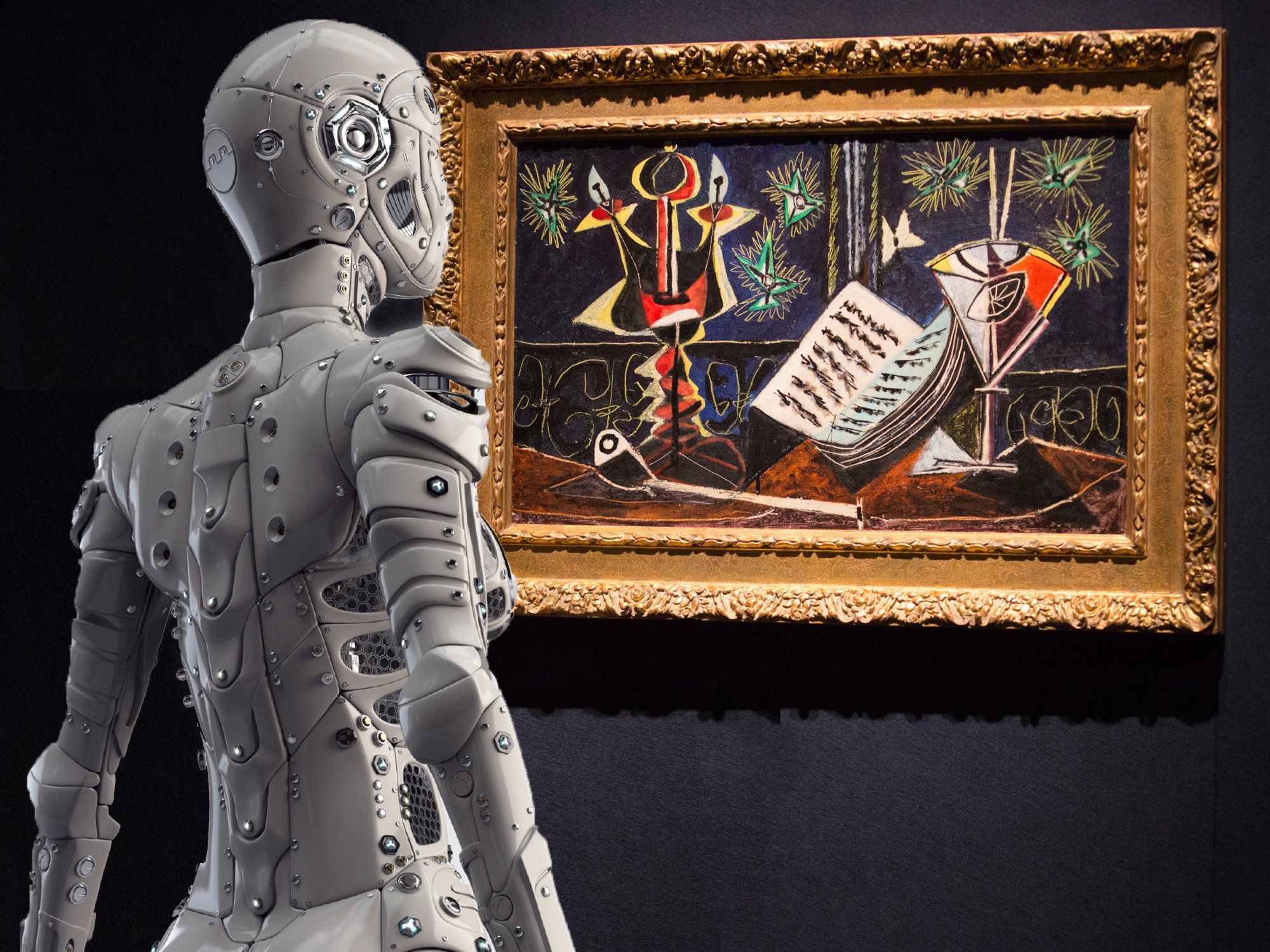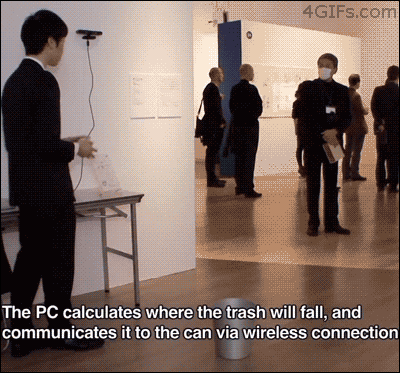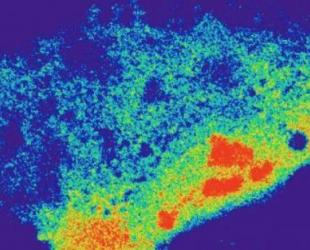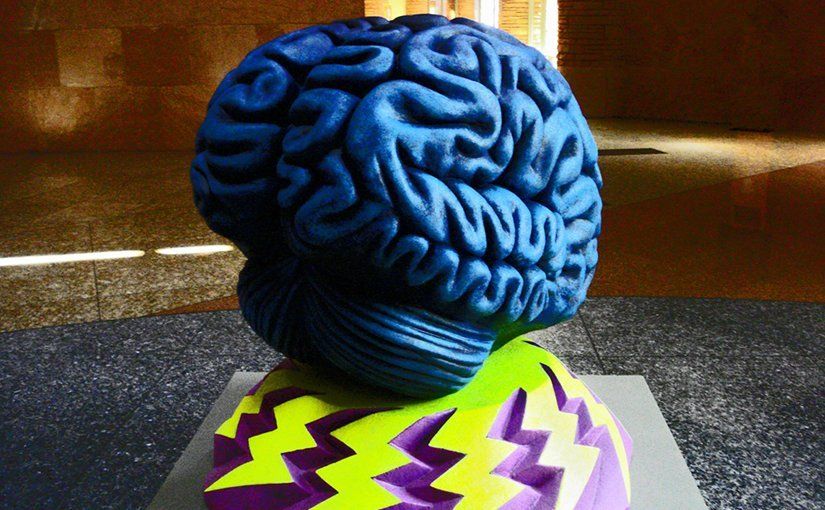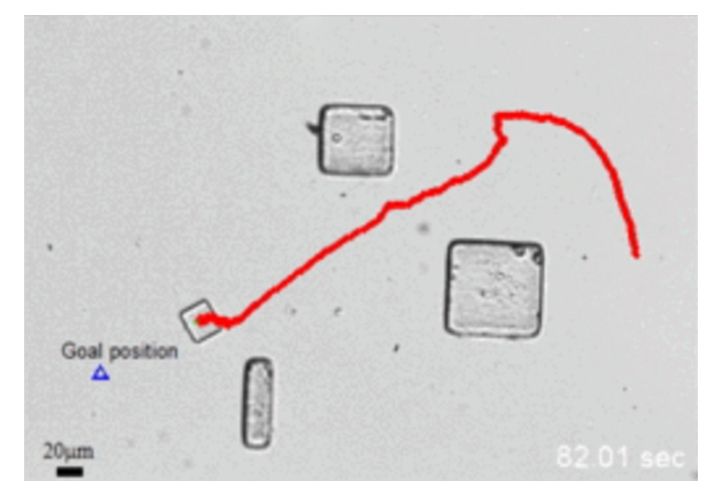Page 10792
Your next favorite artist, writer, or musician might be a robot.
As the gap between man and machine narrows, it becomes harder to identify what makes humans unique. Robots can perform myriad physical tasks, they can express emotions (even if they don’t actually feel them), and they can learn. So what makes humans special?
Some people think it’s the presence of a soul, though that argument invades sticky philosophical territory and can’t be empirically proven. Cynics might say humans are the only species to make and use weapons specifically to hurt others, but that’s not exactly a reason to boast. Others suggest humans are singular for their ability to make art. From the Mona Lisa to the Taj Mahal, Homo sapiens’ facility for imbuing canvas, stone, sound, and words with beauty and imagination is unparalleled.

Click on photo to start video.
This futuristic ‘vertical village’ looks like something out of Dr. Seuss.
Mar 20, 2016
Automakers agree to make auto braking a standard
Posted by Shailesh Prasad in categories: government, transportation
20 automakers that sell vehicles in the US made a pact to make automatic emergency braking system a standard feature in new cars in less than a decade.
Mar 19, 2016
The Latest Findings on Memory
Posted by Karen Hurst in categories: entertainment, neuroscience
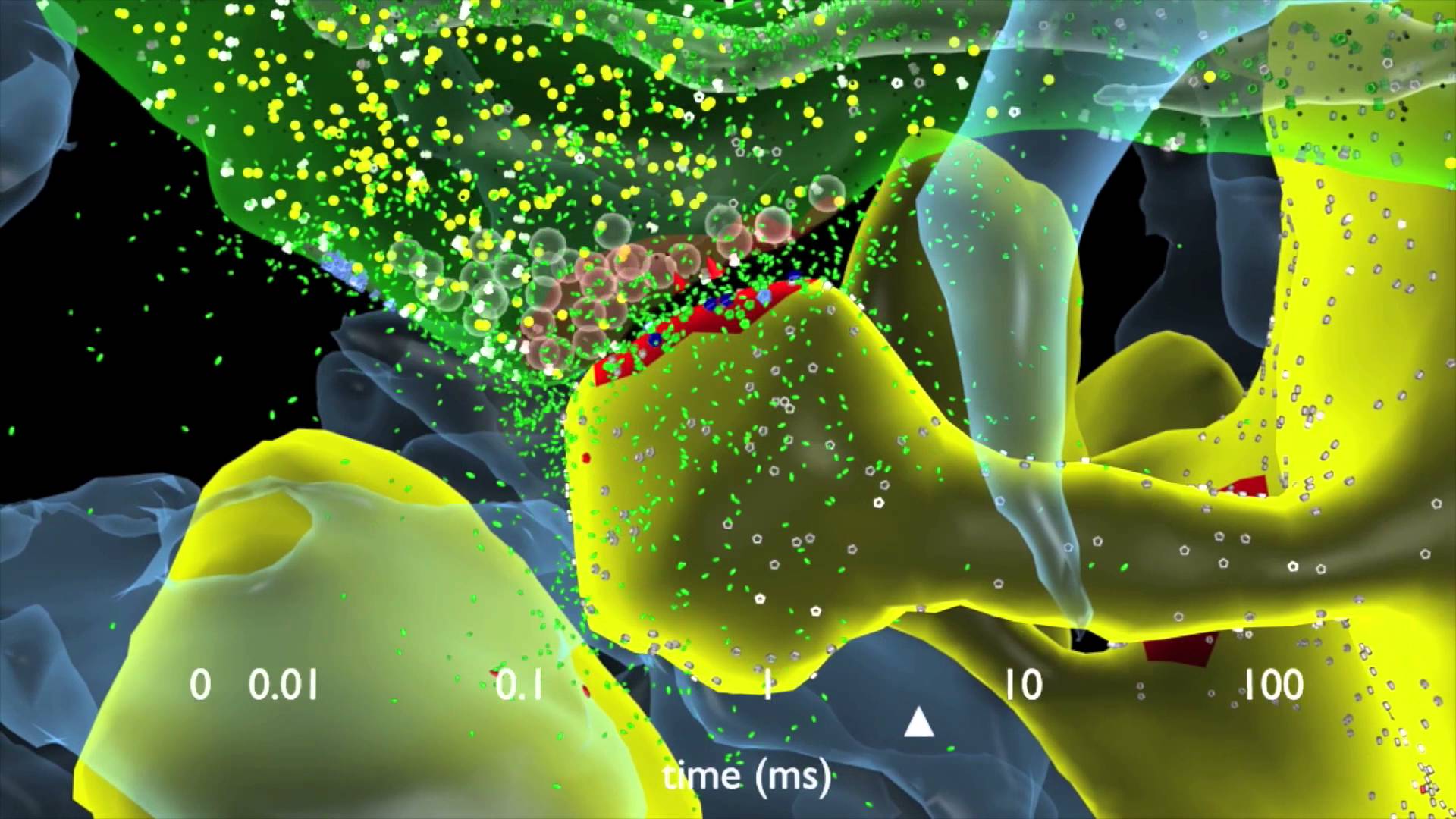
The fact that some people remember the past as a series of episodes full of details (episodic memory), while others store in their brains the meaning of events (semantic memory), has a lot to do with the configuration of the connections in the brain, according to a recent study published in the journal Cortex. Neuroscience is deciphering the sophisticated mechanisms of human memory to explain how we file and remember information.
– Memory’s unreliable.
Mar 19, 2016
Research devises a way to track RNA in living cells through CRISPR-Cas9
Posted by Karen Hurst in categories: biotech/medical, genetics
On track to resolving defective RNA through CRISPR-Cas9.
According to a study published in journal Cell on March 17, researchers at University of California, San Diego School of Medicine, have found a way to track RNA in living cells. CRISPR-Cas9, a DNA-editing technique will be applied to target RNA in order to find cure for presently untreatable diseases such as cancer and autism.
There are many diseases that are associated with RNA behavior, which carries the genetic code from the cell’s nucleus. There was no technique found until now that could track RNA in living cells efficiently. However now, CRISPR-Cas9, which so far was only able to manipulate DNA, would now target RNA, which is also called RNA-targeted Cas9.
Continue reading “Research devises a way to track RNA in living cells through CRISPR-Cas9” »
Mar 19, 2016
Mapping Brain’s Cortical Columns To Develop Innovative Brain-Computer Interfaces
Posted by Karen Hurst in categories: computing, electronics, neuroscience
The EU-funded COLUMNARCODECRACKING project has successfully used ultra-high fMRI scanners to map cortical columns, a process that opens the door to exciting new applications, such as brain-computer interfaces.
Cortical columnar-level fMRI has already contributed and will further contribute to a deeper understanding of how the brain and mind work by zooming into the fine-grained functional organization within specialized brain areas.
By focussing on this, the project has stimulated a new research line of ‘mesoscopic’ brain imaging that is gaining increasing momentum in the field of human cognitive and computational neuroscience. This new field complements conventional macroscopic brain imaging that measures activity in brain areas and large-scale networks.
Mar 19, 2016
Judith Edwards went for an eye test and the optician found a brain tumour the size of an orange
Posted by Karen Hurst in categories: biotech/medical, neuroscience
It is a well known fact that many Glioblastoma patients are diagnosed through eye exams; many documented cases as well.
If it wasn’t for the appointment Judith Edwards, 65, might have lost her life.
Mar 19, 2016
Bacteria-powered Bio-Bots Avoid Obstacles on Way to Target
Posted by Karen Hurst in categories: biotech/medical, robotics/AI
Microscopic robots, powered by bacterial flagellation, are a curious branch of robotics research, potentially leading to devices that can deliver drugs, perform surgical tasks, and help out with diagnostics. While bacteria has been harnessed in the past to power small devices, having those devices actually navigate to a desired target has been a challenge. At Drexel University researchers are now using electric fields to help their bacterial biobots detect obstacles and float around them on their way to the final destination.
The electric fields don’t actually control the bots, but allow the bots to sense their environment and to move around. The devices are powered by rod-shaped S. marcescens bacteria that are normally negatively charged. The researchers positioned two electric fields orthogonally to each other, creating a grid. Obstacles within the grid slightly affect the fields’ shape, which the robot recognizes and uses to avoid the obstacles.
Here are a couple videos demonstrating the bacterial powered microbot:
Continue reading “Bacteria-powered Bio-Bots Avoid Obstacles on Way to Target” »

